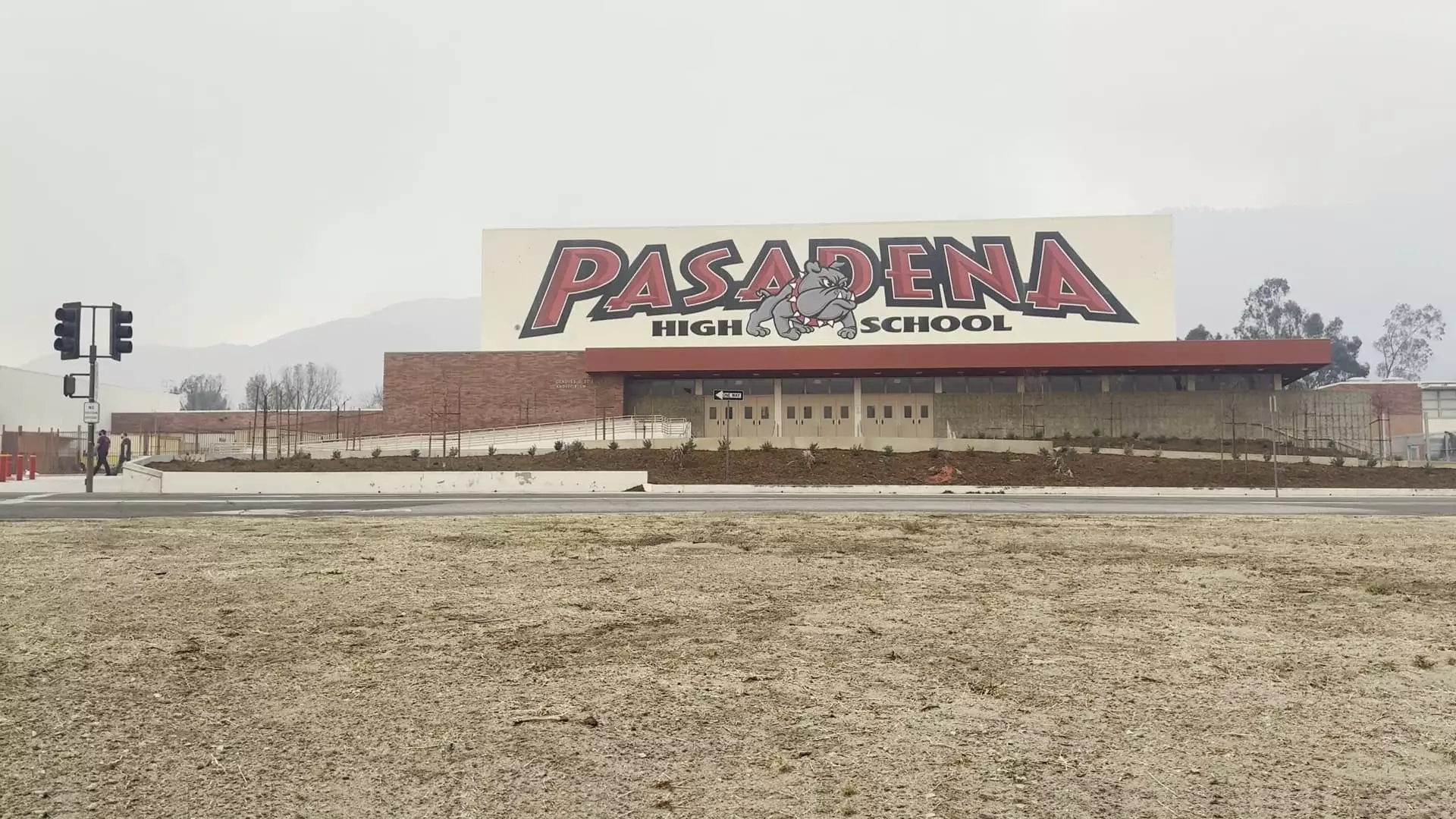As we stand on the brink of a financial crisis for public education in the United States, it feels eerily reminiscent of an unwritten tragedy where the innocent—our children and educators—are caught in the crossfire. The expiration of federal pandemic relief funds, combined with plummeting student enrollment numbers, marks a perilous landscape for schools nationwide. According to projections from the Georgetown Edunomics Lab, the ramifications of this situation will be catastrophic come 2025, putting at risk a staggering 250,000 education jobs, equating to approximately $24 billion in labor. The signs have been glaring for some time, yet policymakers seem oblivious to the impending disaster.
A Reckless Approach to Spending
Echoing the wisdom of Marguerite Roza from the Edunomics Lab, educators and districts alike were forewarned: “Be cautious with this money.” Unfortunately, many chose to ignore this sage advice, plunging headfirst into a fiscal quagmire. The surge in funding during the pandemic was treated like a lottery win, leading districts to make long-term commitments based on temporary financial boosts. As Roza poignantly put it, managing newfound wealth by taking on recurring commitments is akin to buying a mansion you can’t afford after a windfall. The educational landscape now faces a crisis that many will argue was self-inflicted, a scenario wherein schools expanded their workforce under the veil of temporary funding.
A Decline in Enrollment: A Double-Edged Sword
The situation is compounded by a national decline in public school enrollment that emerged in the wake of the pandemic. States like California have been particularly hit hard, with demographic shifts including lower birth rates and an outflow of families. Funding formulas, which are primarily based on student numbers, mean that less enrollment translates to less financial support. This creates a vicious cycle where more staff members—hired under the assumption of growing enrollments—become an unsustainable burden on districts. It’s a cruel irony; the very measures put in place to combat learning loss and provide emotional support have become the chains dragging down these educational institutions.
The Human Cost of Financial Mismanagement
It’s crucial that we center the discussion on the human element of this crisis. Mike Fine, CEO of the Fiscal Crisis and Management Assistance Team, articulates the heart-wrenching reality that educators and administrators entered the profession with noble intentions—not to lay off teachers, counselors, or support staff. Every potential layoff represents a shattered dream for those dedicated individuals who have chosen a path of service. There is something inherently tragic about a system failing to prioritize those it relies on the most—the very educators who lay the groundwork for future generations.
As we navigate the complexities surrounding education funding, it is paramount that we acknowledge this crisis as a stark warning—a call to action urging all stakeholders to rethink their approach to educational finance, planning not only for the immediate future but also for the long-term stability of our nation’s schools.


Leave a Reply